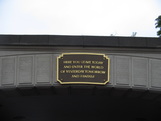 Today was a bad day for many at Walt Disney Imagineering. There have been some massive layoffs, 400+ at last count. And while we realize this means that 400+ people are now without a job and that sucks, as a theme park site it's up to us to share some thoughts on the events of today. And that's just what RD has done below. Written by RD Sussman The news has been awash over the past few days of some serious shakeups at the Walt Disney corporation, notably in the Walt Disney Imagineering unit (WDI). As of some estimates, nearly 450 people were let go over the past two days, and that major reformations are beginning. So what went so wrong so fast? Historically, it has been WDI (and previously WED Enterprises) were the true geniuses when it came to theme parks & attractions. And in many ways, they were the ones who brought some of the most dramatic and incredible shows & attractions to the forefront of the theme parks. Working with groups such as Arrow Development (Matterhorn, It's A Small World, Omnimoviers, etc.) and later Dynamic Attractions (Soarin' and others) they have innovated or developed technology that is in use to this day. Their mark on design are permanent - historical pieces of engineering & creativity that are monumental to say the least. However, they have always been one of the most expensive parts of the Disney organization. As they never sold their attractions outside the parks (Save for a single installation of a PeopleMover) they were not generating revenue in-stream. Disney relied on the profits from the theme parks, movies & merchandising to keep WDI afloat and creating. As times have changed, so has the world around WDI. Disney movies are no longer a guaranteed blockbuster (See also: BFG...) and no longer always draw the merchandising profits, WDI has become harder to justify its size, shape & scale. Most engineering firms derive their operational capabilities as part of a profit process, but WDI has never had that over their heads. In a way, this never limited their creativity and prowess... And then came Universal. Universal's parks have always been in semi-competition with Disney - but at the same time, they were co-draws in the same cities. A decade ago, Universal made the bold move to capitalize on their Harry Potter franchise, and go for broke with appropriate areas in their theme parks. Taking the book from Disney, they went for total immersion in their attractions, redefining the art & the scale of the theme park ride for the masses. The success was astonishing to say the least - in fact, the draw of attendance was notable on a massive scale. Repeating success with more success, expansions at the Universal Orlando added a second immersion area complete with themed transport between the two areas in the two parks; and then recently the Hollywood expansion of Harry Potter. Disney's countering was to have WDI take on a blockbuster property which has since faded: Avatar at the Animal Kingdom park in Florida. And it has been an epic nightmare on a grand scale. Delays now running into years, and costs nearly double of what was anticiapted, WDI had egg on their face. And on the other side of the planet, Shanghai Disneyland had its own issues - namely with the increased technology of the attractions developed by WDI - and with the local contractors & building systems. It too shot over budget - and well beyond the planned estimates for opening day. Though both the Avatarland & Shanghai Disneyland projects are near or at completion/opening day, the impact is clear & very heavily felt throughout the world. WDI has lost its way - and now is feeling the after effects of its own weight & size. Disney has financial indigestion... and unfortunately, cash-flow diarrhea. Here we are today: Disney has major construction ongoing in the two US operations - namely the Star Wars Lands - as well as expansion projects in Tokyo & Shanghai. The cost of these expansions are on the very high-end of budgets; indeed, one Star Wars land would be enough to build a brand new theme park from the ground up. And the cash coming in from these expansions won't be seen for another three to four years - or more. Shanghai Disneyland's financial fallout will be felt for at least a decade - and EuroDisney's financial strife continues to this day. Disney had a choice - a big choice - to keep operating the WDI group as it is, and taking huge losses, or to reformat and rebuild themselves from the inside out. It was the latter which they chose to do, especially in light of the mass casualties from the layoffs. Realistically speaking, this is a move 25-30 years overdue. Even Eisner knew that WDI was too big & too bloated to move easily & nimbly from project to project. Disney could no longer justify up-streaming profits from other units to cover the constant losses & operational issues of WDI. And at the same time, fewer & fewer projects were coming out - and those that did arrive were arriving late. WDI had been too dependent on itself and it's ego, and a bad case of stasis had set in. Universal had done what WDI had once done - at 2/3rds the cost and 1/2 the time. And Universal had a winner. So where does WDI go now? How does it continue with this massive staff reduction? And how will it recover? From my own experience, staff cuts and getting rid of the dead wood isn't always a bad thing. It tightens up the remaining staff - and forces a change in management & administration. With the right impetus, and the right management style, this could produce powerful results. By eliminating the concept of single-project teams, and going with a group effort, projects come through faster - and with better ideas. The costs drop, and thinking creatively comes up with longer-lasting ideas. WDI also must be allowed to do outside work - to justify it's existence. It has to be able to sell projects & concepts to other groups whether Disney or not, and to make its own way as part of Disney. Not just as a profit point on the annual report, but also as a way of justifying the overall long-term financial investments. And more importantly, the financal results need to be accounted for at corporate level. Endless money for a handful of projects has to go - WDI has to be responsible for their own reasons to be, and not just a playground for a creative group of people. Walt Disney started WED Enterprises with a staff of five people, and grew it up to 20 to build an entire theme park - in less than a year. Now it has taken nearly 700 people six years to build one theme park. Less is more, WDI - and in this case, you're taking the medicine that was long ago prescribed to make you well again. R.D. 8/5/16 Related Updates:
0 Comments
Leave a Reply. |
Archives
August 2022
|

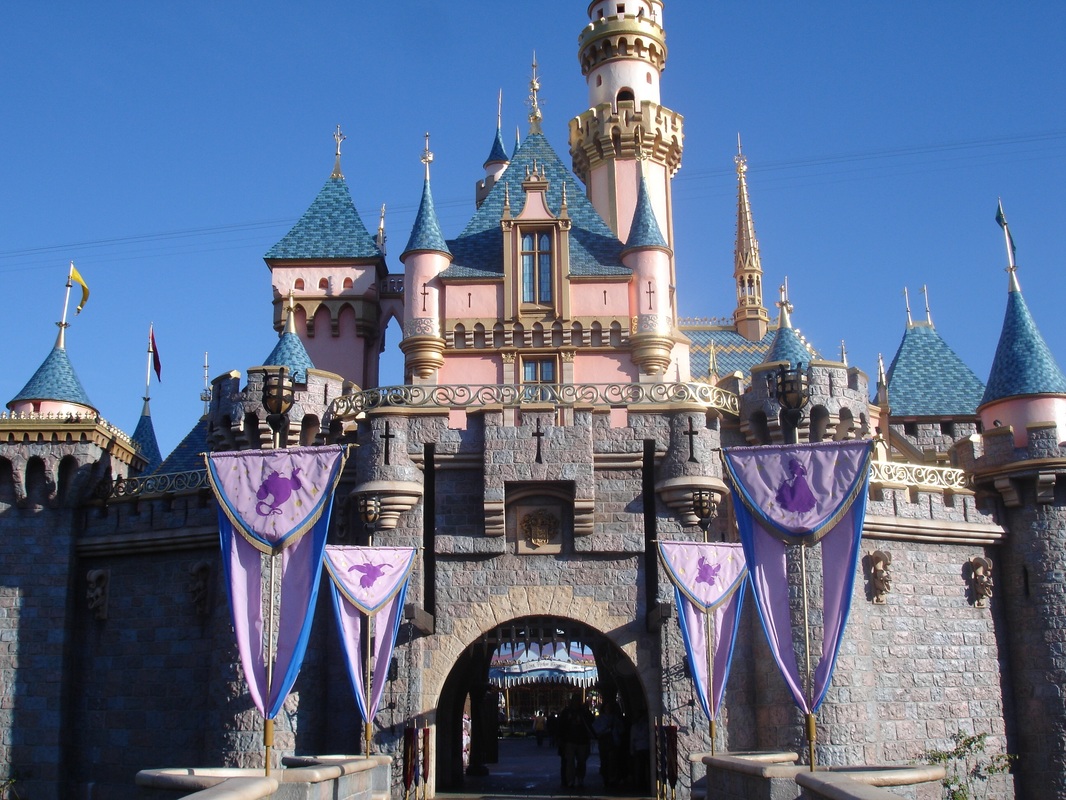
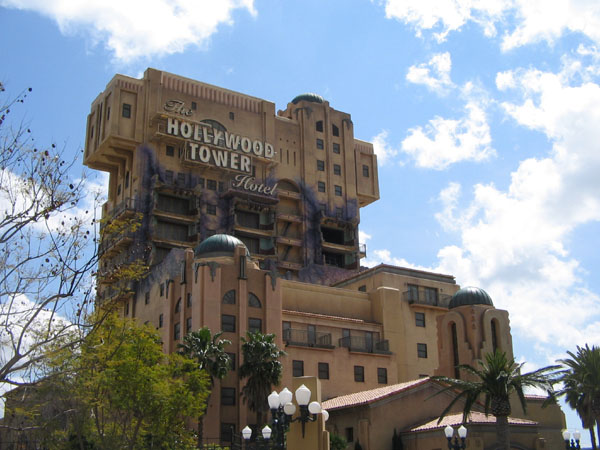
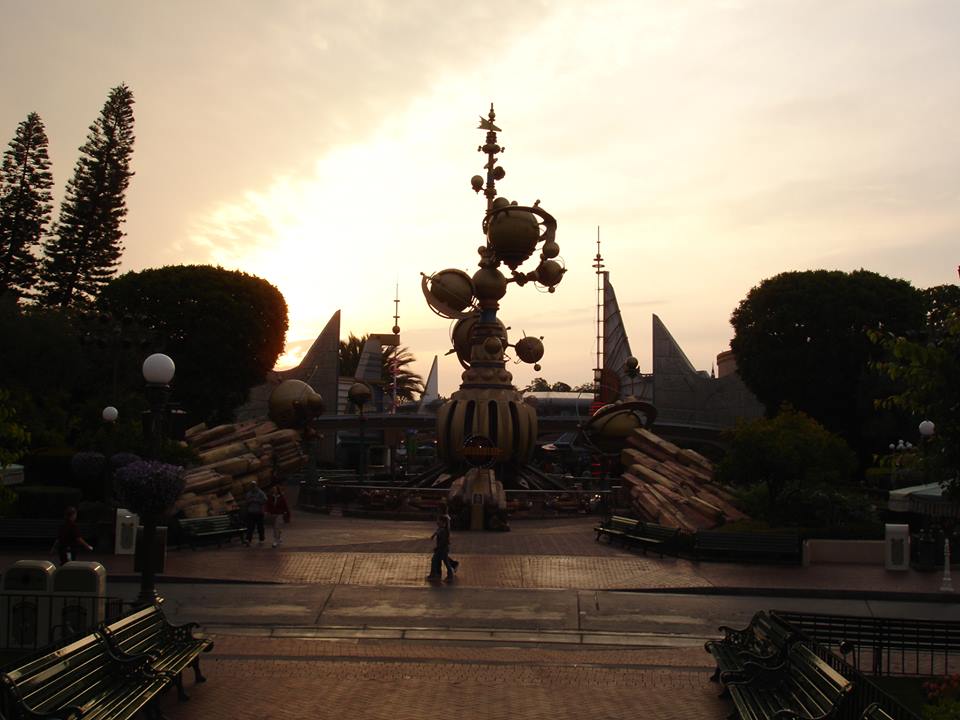
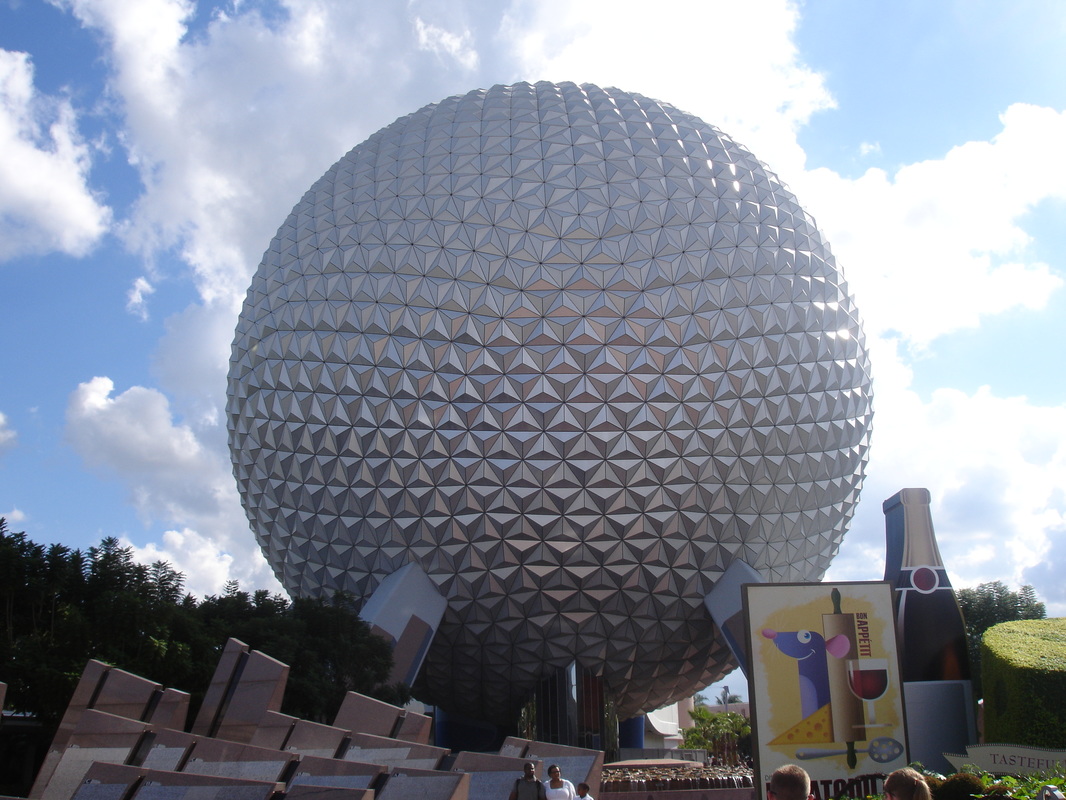
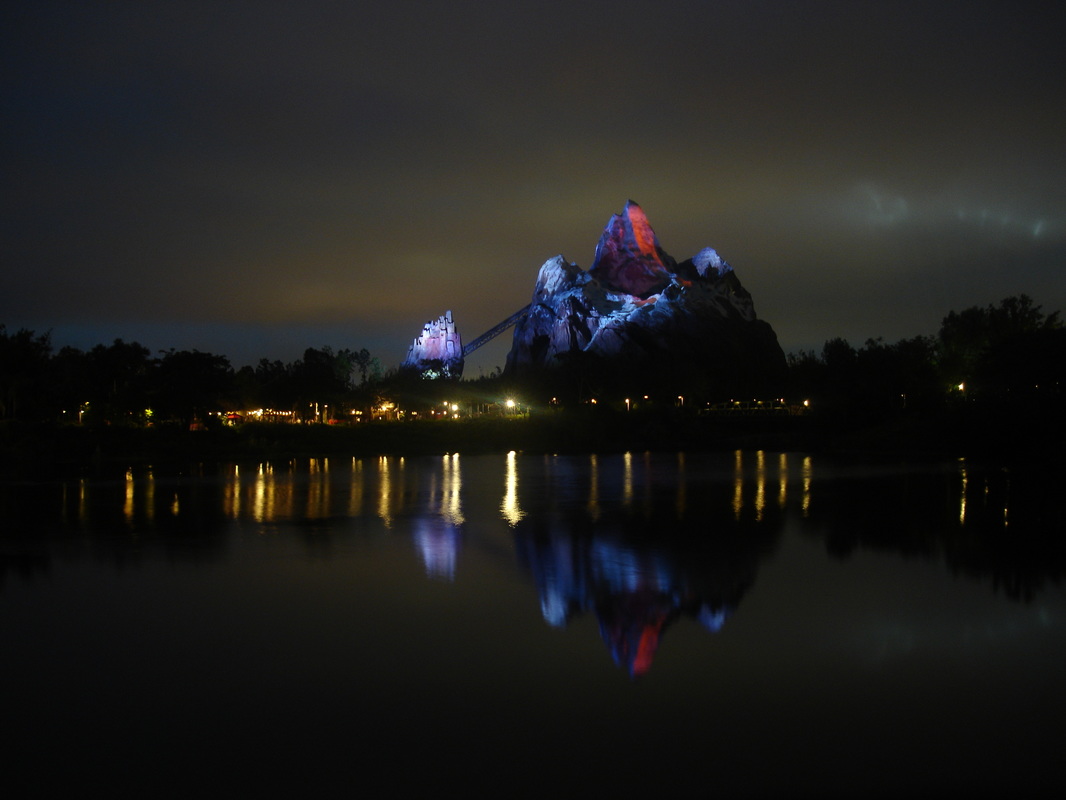
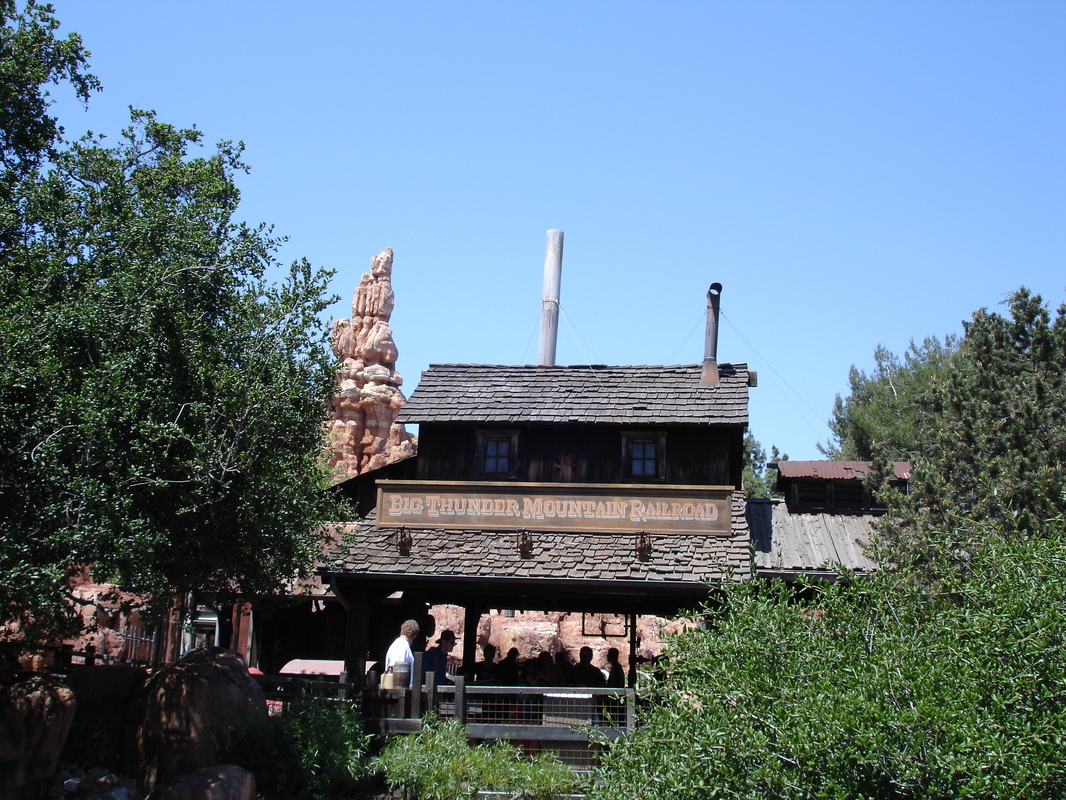
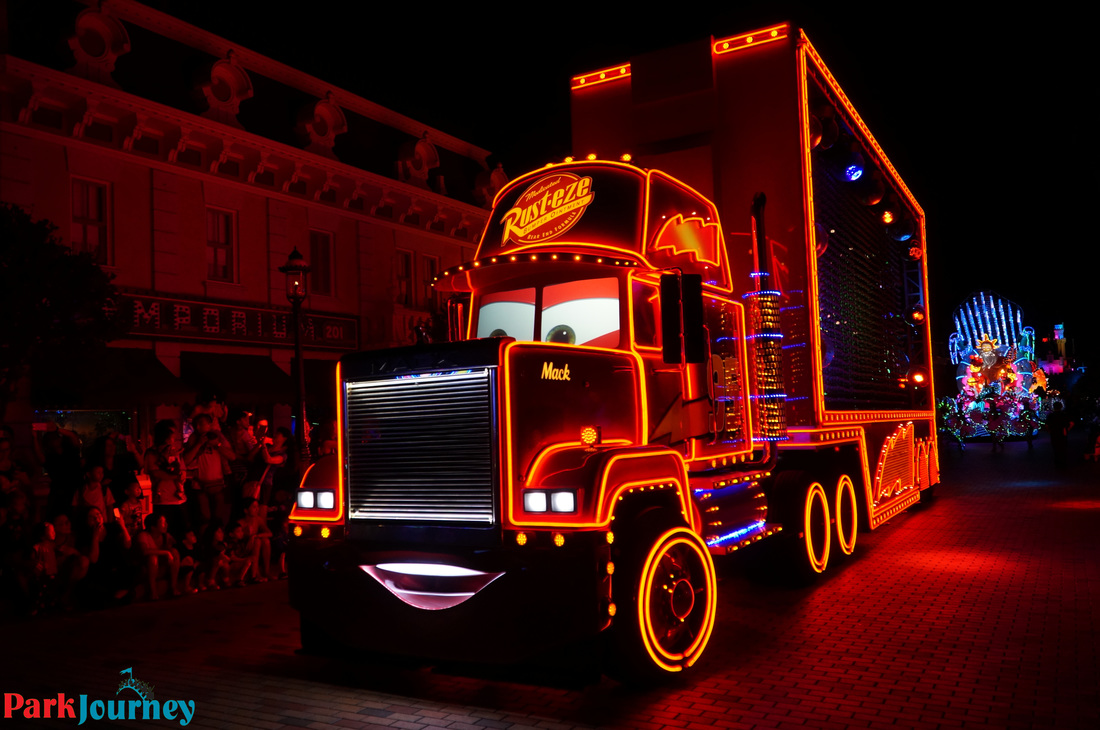
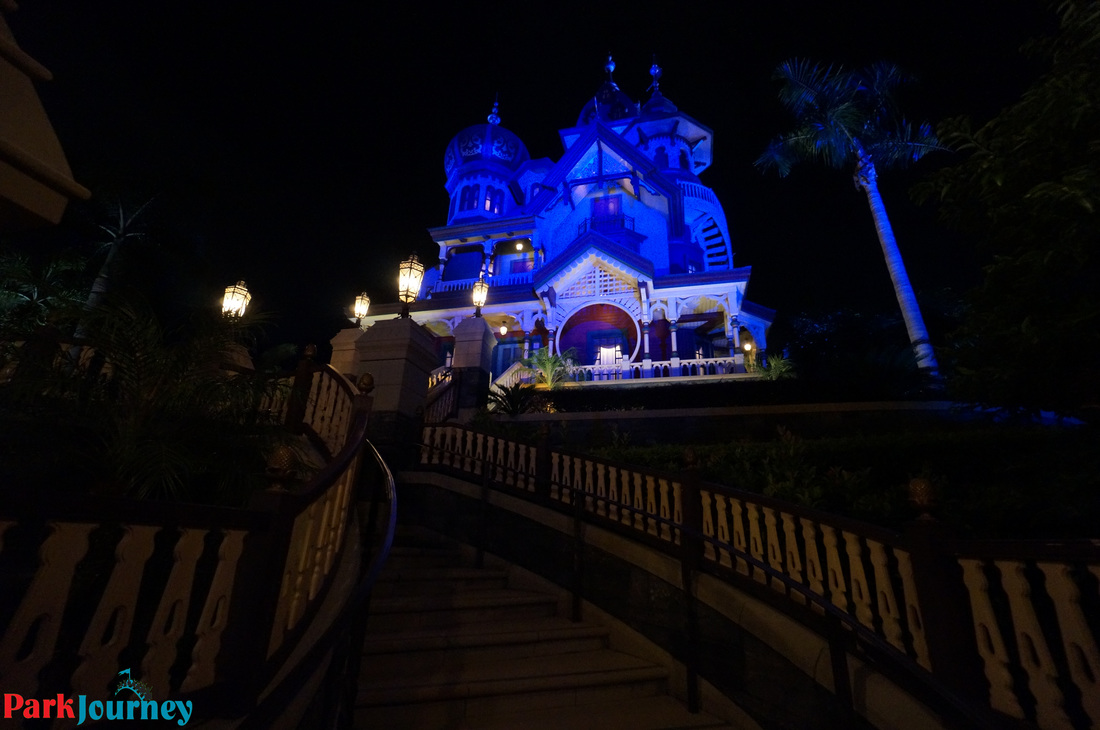
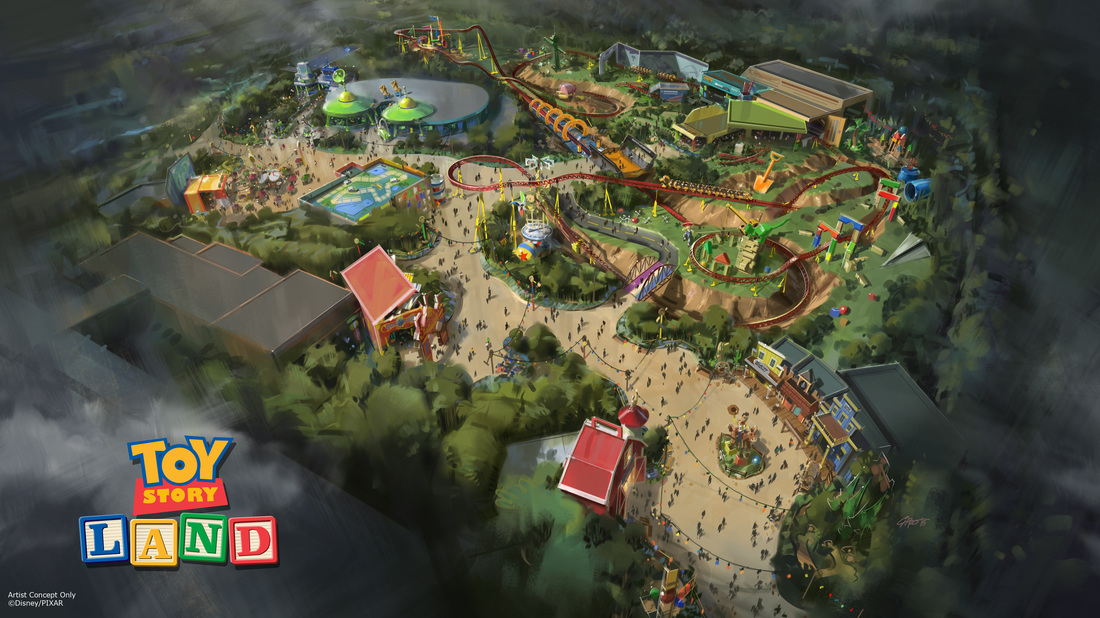
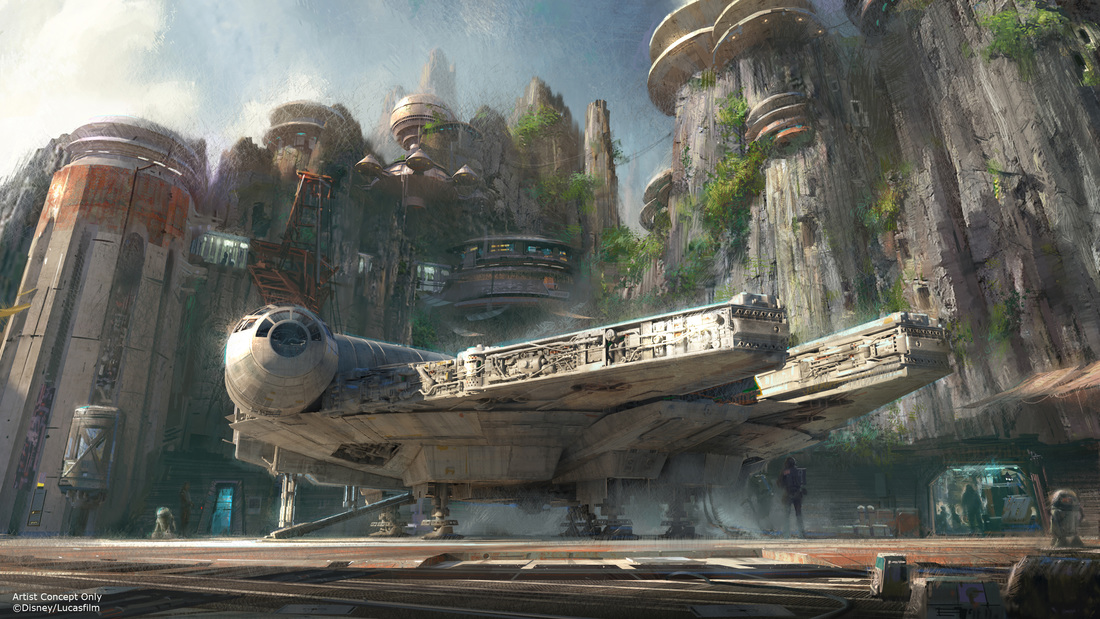
 RSS Feed
RSS Feed